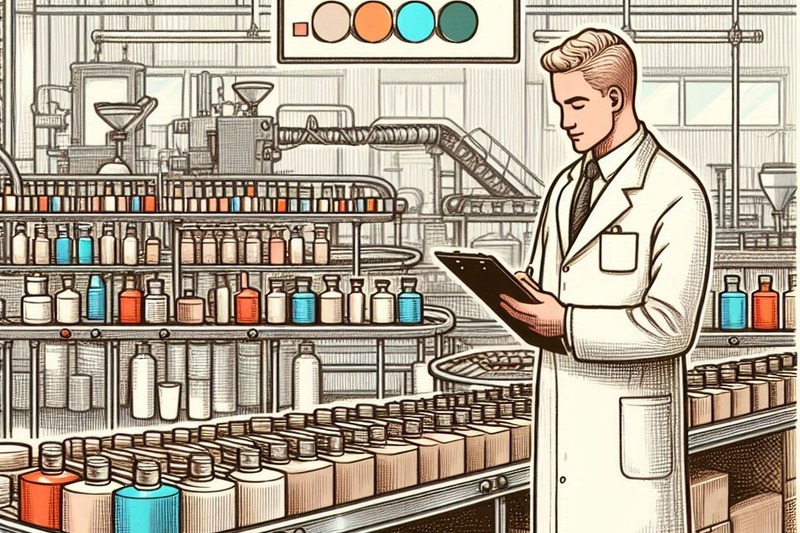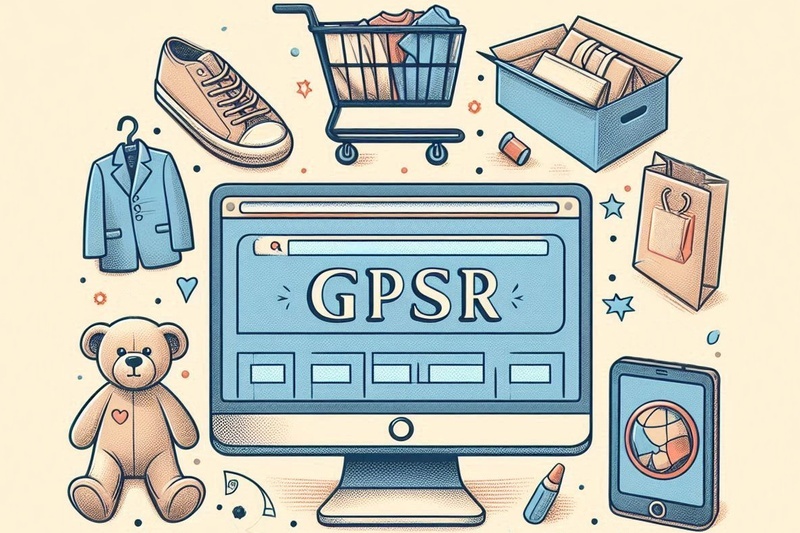Contents:
- UOKiK Research Results
- The Role of the GPSR Regulation in Safety Control
- Products Complying with GPSR Standards
- Responsibilities of Manufacturers, Importers, Distributors, and Online Stores
- Actions When Unsafe Products Are Found
- Fines and Sanctions
By reading this article in full, you will learn:
Recommended articles: |
Are you sure that the products in your home or office meet all the standards? From children’s toys to smart gadgets – every product we use should be not only convenient but also safe. In Europe, strict rules regulate product safety. In this article, we will explain which products qualify as such and what has changed in the GPSR regulation.
UOKiK Research Results
A recent study by the Office of Competition and Consumer Protection (UOKiK) found that many toys on the Polish market may pose a health hazard to children. Some products contained phthalates, which can cause liver and kidney problems, asthma, and even cancer. Others produced excessive noise. Inspectors checked not only for harmful substances but also proper labeling and certification. In total, 362 models of children’s products were examined. It turned out that one in four toys had defects. In some samples, the level of phthalates exceeded the permissible limit by 280 times. Despite immediate bans, unsafe children’s products have reappeared on store shelves this year.
Important:
All toys must comply with the standards set by Directive 2009/48/EC.
GPSR rules apply to any product, whether it is new, used, or refurbished. For example, toys, electronics, cosmetics, baby strollers, bicycles, shoes, furniture, and even sports equipment without electrical components. However, there are exceptions:
- Medicinal products for humans and animals.
- Food products and animal feed.
- Plants, animals, and genetically modified organisms.
- Pesticides and other plant protection products.
- Transport vehicles (e.g., airplanes or trains).
- Antiques.
If a product requires repair before use and this is clearly stated, then GPSR does not apply to it.
To avoid errors and safety violations, company specialists should correctly develop technical documentation for the product, prepare clear instructions for customers, and store all necessary documents, including copies, for 10 years after the product enters the market.














